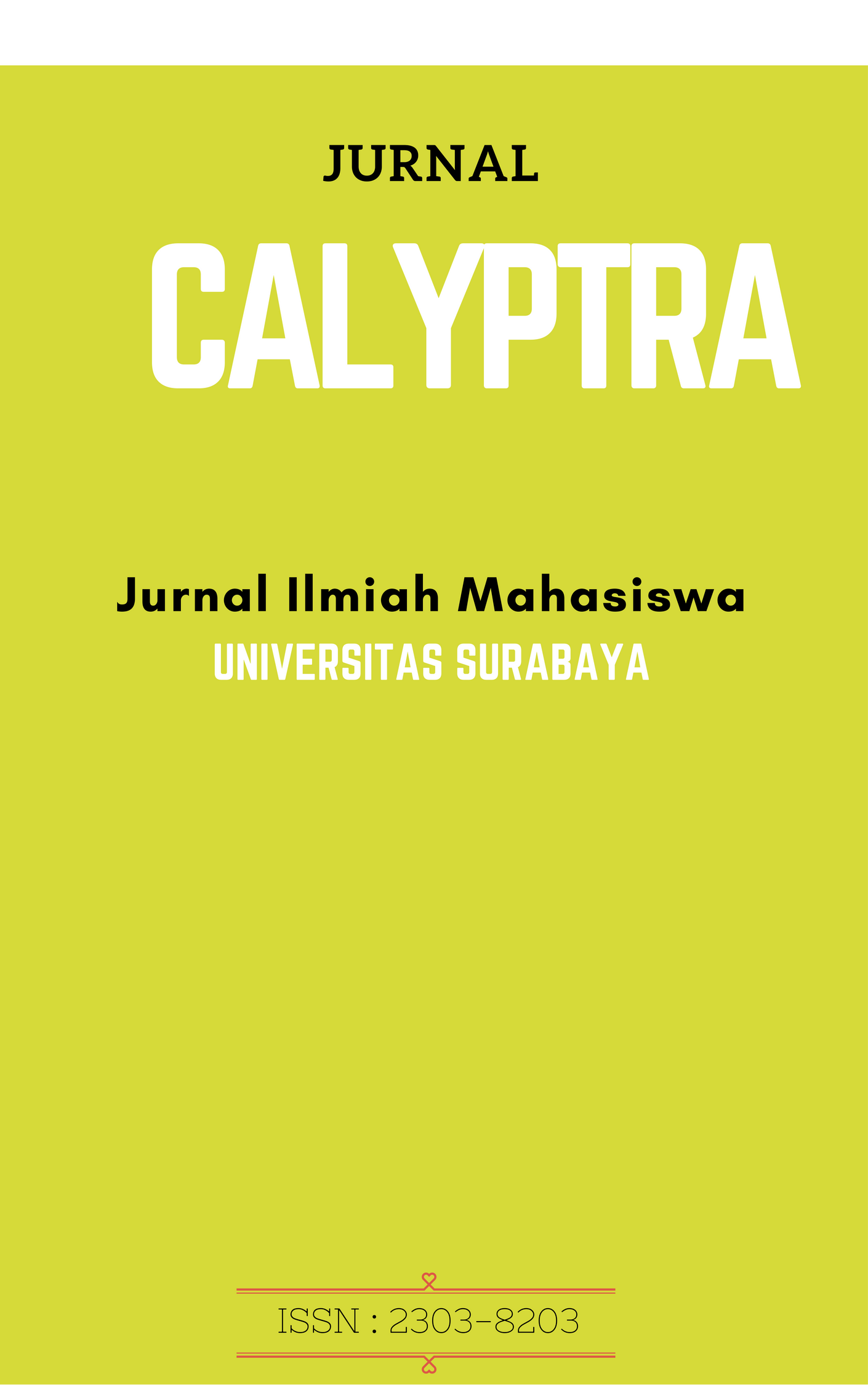RANCANGAN TATA LETAK FASILITAS PRODUKSI PADA PT. KERTA RAJASA RAYA DI SIDOARJO DENGAN METODE SYSTEMATIC LAYOUT PLANNING
 Abstract Views:
472 times
Abstract Views:
472 times
 PDF - FULL TEXT Downloads:
307 times
PDF - FULL TEXT Downloads:
307 times
Abstract
Abstrak - Perusahaan PT. Kerta Rajasa Raya adalah sebuah perusahaan manufaktur yang memproduksi karung plastik, barang yang diproduksi yaitu woven bag dan jumbo bag. Namun secara keseluruhan produkter sebut memiliki alur pembuatan yang hampir sama, sehingga dalam hal ini dapat diwakili oleh produksi secara penuh. Produksi yang digunakan adalah produksi dari gudang bahan baku sampai barang jadi dan melewati seluruh proses produksi. Selama ini pelaksanaan aktivitas produksi mengalami hambatan disebabkan kondisi tata letak yang sekarang belum sesuai dengan kriteria tata letak yang baik menyebabkan lintasan material handling yang jauh dan perpotongan aliran material, sehingga menimbulkan ongkos material handling (OMH) yang lebih besar. Evaluasi dan perancangan tata letak pabrik ini bertujuan untuk merancang tata letak pabrik usulan yang dapat memanfaatkan tata letak lama dengan lebih baik dan menghasilkan aliran material denga biaya material handling yang lebihrendah. Perancangan tata letak ini dilakukan pada fasilitas produksi dengan menggunakan metode SLP (Systematic Layout Planning) dan bantuan software program BLOCPLAN. Berdasarkanan alisis perhitungan software progam BLOCPLAN dihasilkan 20 alternatif tata letak usulan. Langkah selanjutnya, tata letak usulan dipilih berdasarkan pada nilai R–score tertinggi. Dengan penerapan tata letak usulan, maka terjadi pengurangan ongkos material handling biaya sebesar 78,88 %.
Kata kunci: Systematic Layout Planning, Tata Letak, BLOCPLAN, Material Handling
Abstract – Company PT. KertaRajasa Raya is a manufacturing company that produces plastic sacks, goods produced is woven bag and jumbo bag. But overall the product has a groove-making that is almost the same, so in this case can be represented by a full production. Production used is the production of raw materials to the warehouse and finished goods through the entire production process. During execution of production activities due to the conditions encountered resistance layout which is not yet in accordance with the criteria of a good layout causes the trajectory much material handling and material flow intersection, resulting in material handling costs (OMH) is greater. Evaluation and design of plant layout is aimed at designing the plant layout proposal to utilize the old layout better and generate a flow of material at a cost of lower material handling. The design layout is done in production facilities using the SLP (Systematic Layout Planning) and software assistance BLOCPLAN program. Based on the analysis BLOCPLAN calculation software program produced 20 alternative layout proposals. The next step, the layout of the proposals selected based on the value of R-highest score. With the implementation of the proposed layout, then a reduction in material handling costs 78,88% fee.
Keywords: Systematic Layout Planning, Layout, BLOCPLAN, Material Handling
Downloads
References
Patil, S.B., dan S.S. Kuber, 2014, Productivity Improvement in Plant by Using Systematic Layout Planning (SLP) – A Case Study of Medium Scale Industry, International Journal of Research in Engineering and Technology, Vol 3: 4
Ojaghi, Y., A. Khademi, N.M. Yusof, N.G. Renani, S.A. Helmi, 2015, Production Layout Optimization for Small and Medium Scale Food Industry, International Journal of Assembly Technology and Factory Managemnt, Vol 26: 247-251
Heizer, Jay dan Barry Render, 2009, Manajemen Operasi, Edisi 9, Jakarta: Selemba 4
news.liputan6.com diunduhpada tanggal 16 Juni 2016
www.karungberas99.com diunduh pada tanggal 16 Juni 2016
www.antaranews.com diunduh pada tanggal 16 Juni 2016
http://www.businessdictionary.com/definition/layout.html diunduh pada 29 Juni 2016
repository.widyatama.ac.id/xmlui/bitstream/.../Bab%202.pdf?...9 diunduh pada tanggal 27 Juni 2016
- Articles published in CALYPTRA are licensed under a Creative Commons Attribution-ShareAlike 4.0 International license. You are free to copy, transform, or redistribute articles for any lawful purpose in any medium, provided you give appropriate credit to the original author(s) and the journal, link to the license, indicate if changes were made, and redistribute any derivative work under the same license.
- Copyright on articles is retained by the respective author(s), without restrictions. A non-exclusive license is granted to CALYPTRA to publish the article and identify itself as its original publisher, along with the commercial right to include the article in a hardcopy issue for sale to libraries and individuals.
- By publishing in CALYPTRA, authors grant any third party the right to use their article to the extent provided by the Creative Commons Attribution-ShareAlike 4.0 International license.



